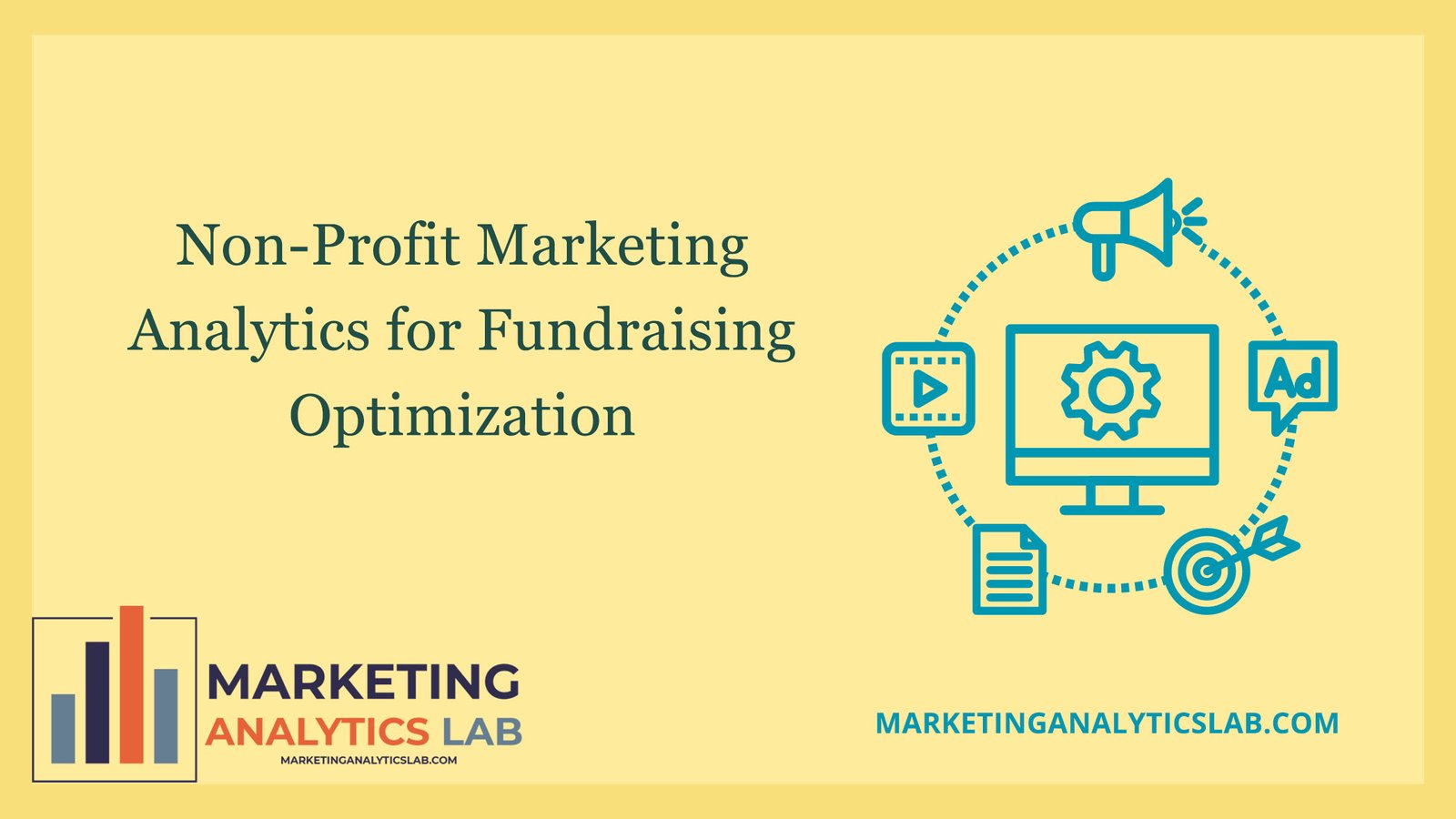Understanding the Importance of Marketing Analytics
Non-profit organizations rely heavily on fundraising efforts to support their causes and achieve their missions. In order to optimize their fundraising strategies, non-profits must utilize marketing analytics to gain insight into their donor base, target audience, and campaign performance. By analyzing data such as donor demographics, giving patterns, and engagement levels, non-profits can make informed decisions on how to effectively reach and engage potential donors.
Marketing analytics also play a crucial role in measuring the success of fundraising campaigns and initiatives. By tracking key performance indicators such as donation amounts, conversion rates, and return on investment, non-profits can assess the effectiveness of their marketing efforts and identify areas for improvement. This data-driven approach allows non-profits to allocate resources more efficiently, optimize their fundraising strategies, and ultimately increase their impact and reach.
Moreover, marketing analytics enable non-profits to personalize their fundraising efforts and tailor their messaging to different donor segments. By using data to create targeted campaigns based on donor preferences, interests, and behavior, non-profits can increase donor engagement, loyalty, and retention. This personalized approach not only improves fundraising results but also strengthens relationships with donors, leading to long-term support and sustainable growth for the organization.
Strategies for Fundraising Optimization in Non-Profits
One key strategy for fundraising optimization in non-profits is to implement A/B testing to experiment with different marketing approaches and identify the most effective tactics. By testing variables such as email subject lines, call-to-action buttons, and donation page layouts, non-profits can determine which strategies resonate best with their target audience and drive the highest conversion rates. This data-driven approach allows organizations to make data-backed decisions on how to optimize their fundraising campaigns for maximum impact.
Another important strategy for fundraising optimization is to leverage predictive analytics to forecast donor behavior and tailor fundraising strategies accordingly. By analyzing historical donor data and using predictive modeling techniques, non-profits can anticipate donor preferences, giving patterns, and potential future donations. This proactive approach allows organizations to segment donors based on their likelihood to give, personalize communication, and prioritize fundraising efforts for maximum return on investment.
Furthermore, non-profits can enhance their fundraising optimization efforts by implementing a donor management system that integrates with their marketing analytics platform. By centralizing donor data, tracking donor interactions, and analyzing donor engagement metrics, organizations can gain a comprehensive view of their donor base and tailor their fundraising strategies accordingly. This integrated approach enables non-profits to streamline their operations, increase donor engagement, and drive sustainable fundraising growth.

